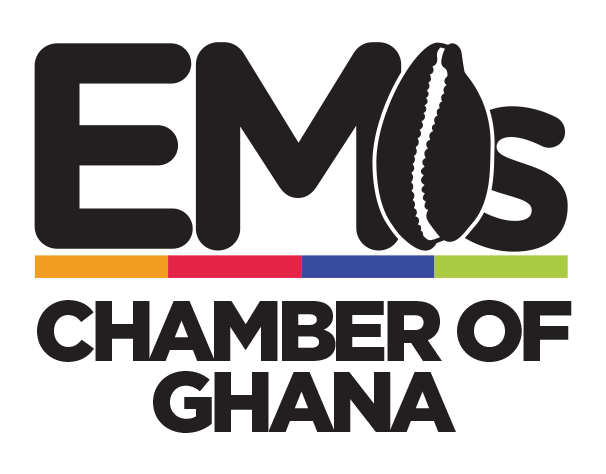The Vice President, Dr. Mahamudu Bawumia, has announced the launch of the Fraud Control Dashboard, an initiative by mobile network operators (MNOs), the central bank and the police to tackle the rising incidence of fraudulent activities in mobile money operations.
Continue readingMobile Money Vendors Sensitised on Security Measures
The Western Regional Police Command has sensitised mobile money vendors on security and safety measures to enable them to operate in safe environments and protect their clients.
Continue readingCSquared Partners with GRIDCo to Enhance Internet Access in Ghana
The Ghana Grid Company Limited (GRIDCo) and broadband infrastructure provider CSquared have made an agreement that will involve leasing of GRIDCo’s excess fibre capacity to mobile network operators and internet service providers in Ghana.
Continue readingHuawei calls for a Robust Fiber Infrastructure to Accelerate Digital Development
Huawei leading ICT Company, calls for a Robust Fiber Infrastructure to Accelerate Digital Development of the economy for an accelerated development.
Continue readingVodafone Cash Hub Agents Win Big in ‘Akyedie’ Promo
Vodafone Ghana has rewarded its best performing Vodafone Cash Hub Agents with a variety of prizes including a brand-new Suzuki Alto saloon car at the 2021Vodafone Cash Hub Akyedie Awards ceremony held at the telecommunications giant’s headquarters in Accra.
Continue readingMTN Suspends Recalcitrant MoMo Agents
MTN MobileMoney Limited has suspended the wallets of several mobile money agents for flouting the “No ID, No Cash out” directive and allowing customers to cash out money without submitting a valid ID.
Continue readingHuawei Reaffirms Commitment to Social Progress and Economic Growth
Huawei Technologies says it will continue to work closely with its customers and partners to support social progress, economic growth, and sustainable development.
Continue readingMoMo transactions exceeds all payment platforms – Bank of Ghana
A total of GH¢571.8 billion (US$99.67 billion) worth of mobile money transactions took place in the year 2020 alone, Deputy Governor of the Bank of Ghana, Mrs Elsie Addo Awadzi has revealed.
Continue readingOur new tagline will be reflected in our service – Vodafone Ghana CEO
The Chief Executive Officer of Vodafone Ghana, Patricia Obo-Nai has reiterated the telecommunication company’s commitment to prioritising its customers.
Continue readingVodafone Ghana Foundation Celebrates World Health Day with Orphans
Vodafone Ghana Foundation has celebrated the World Health Day with inmates of the Assurance of Hope for the Needy Orphanage as part of its activities to touch lives.
Continue reading
